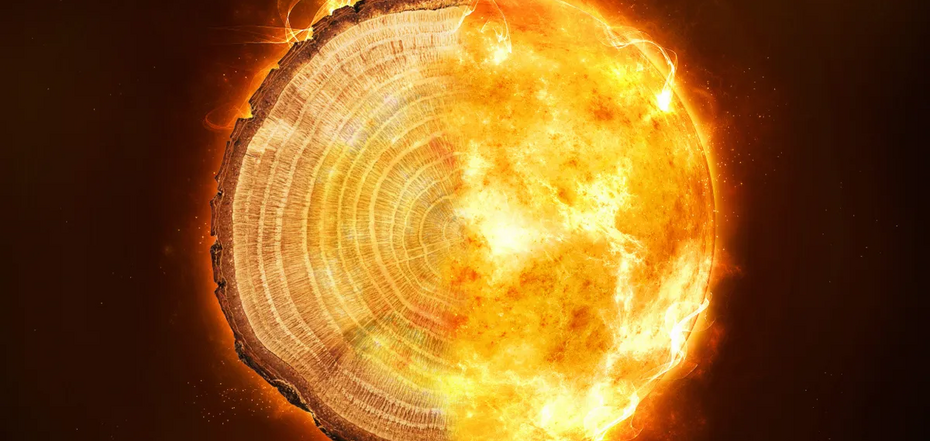Life
Scientists discover traces of a cosmic catastrophe on Earth that could happen again: humanity is not ready for it
Telescopes for observing the Universe have been around for only a few centuries, and for a long time they were very imperfect and did not allow us to look into the most remote corners of space. That is why scientists are studying the history of the Universe using such seemingly strange sources as annual tree rings.
According to CNet, it is these rings that have made it possible to establish that several significant cosmic cataclysms have occurred during the existence of our planet. Significant radiation emissions were brought to Earth from outside the atmosphere. And trees from different parts of the world preserve traces of these catastrophes.
"These huge bursts of cosmic radiation, known as Miyake events, occur about once every thousand years, but what causes them is unclear," said Benjamin Pope, an Australian physicist at the University of Queensland. According to him, the main hypothesis is that it could be powerful solar flares.
Pope's group studied tree trunk sections older than a thousand years to establish a link between the Miyake events and solar flares. The results of their research are published in the scientific journal Proceedings of the Royal Society A.
Scientists have managed to date some events accurately. Thus, the catastrophe that affected the largest number of annual rings occurred in 774. Researchers suggest that it was more than 10 times more powerful than the Carrington event, a geomagnetic storm in 1859. The coronal mass ejection from the Sun was so powerful that when its streams reached the Earth, they literally burned telegraph wires and caused the northern lights to appear in southern latitudes - up to the Caribbean islands.
"We need to know more, because if any of these things happened today, it would destroy technology, including satellites, internet cables, power lines, and transformers," Pope said. The researcher described the potential impact on global infrastructure as "hard to imagine".
However, there is even worse news. A team of Australians used computer modelling to analyse the annual rings corresponding to six known Miyake events and concluded that these disasters were not caused by instantaneous huge solar flares. Changes in the annual rings indicate that the adverse conditions lasted even 1-2 years. "Instead of a single instantaneous explosion or flare, we can observe a kind of astrophysical 'storm' or ejection," said undergraduate student Qinyuan Zhang, who developed software to analyse all available tree annual ring data.
Scientists fear that humanity may be unprepared for the next solar radiation event that lasts for so long. Meanwhile, Pope estimated the probability of such a catastrophe over the next decade at about 1%. He also said that scientists will need further research to find out what damage the infrastructure on Earth could suffer and how to predict the cataclysm in the future.
As reported by OBOZREVATEL, NASA scientists were able to examine in detail the birth of a black hole after a powerful gamma-ray burst.



























